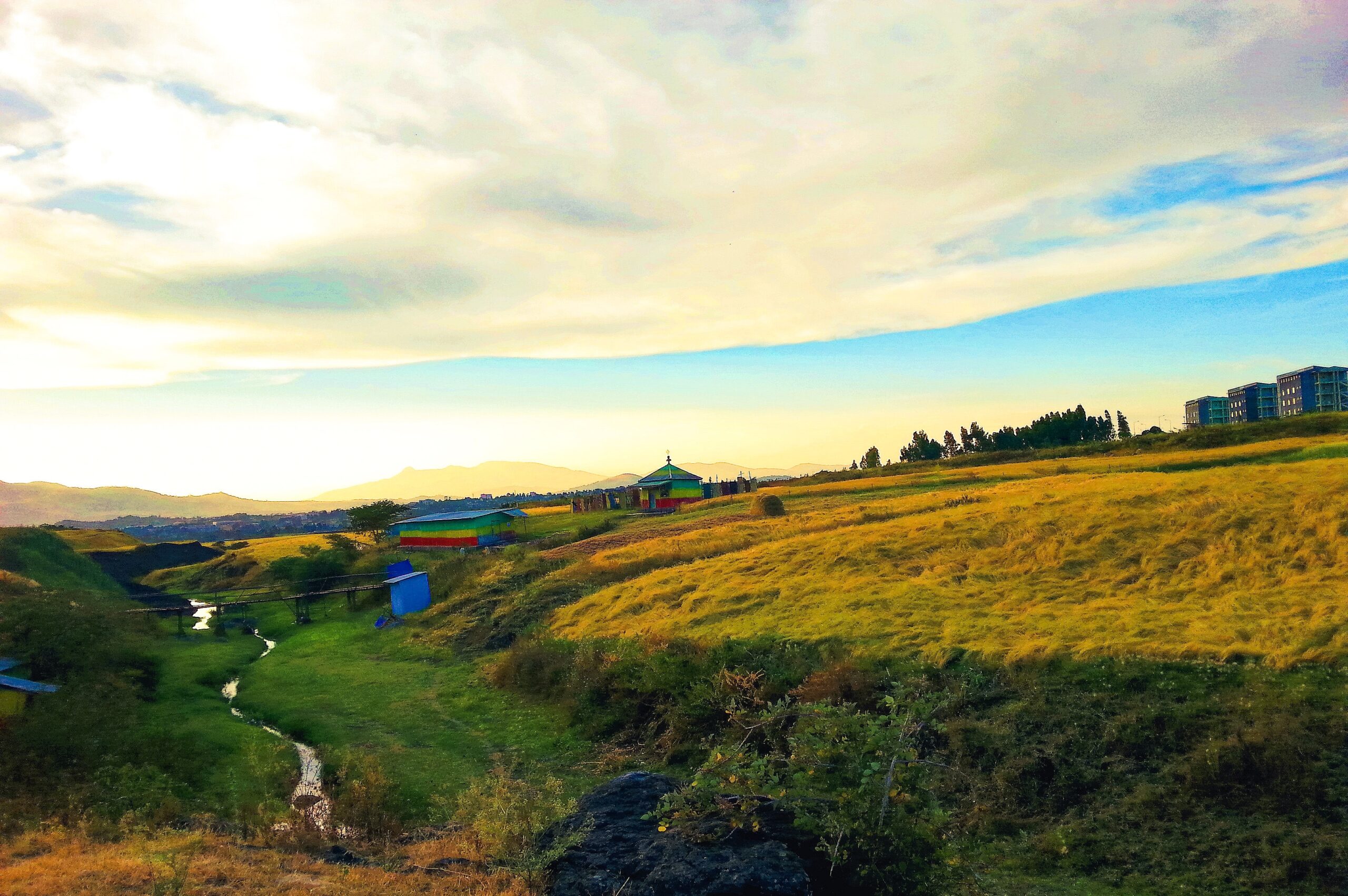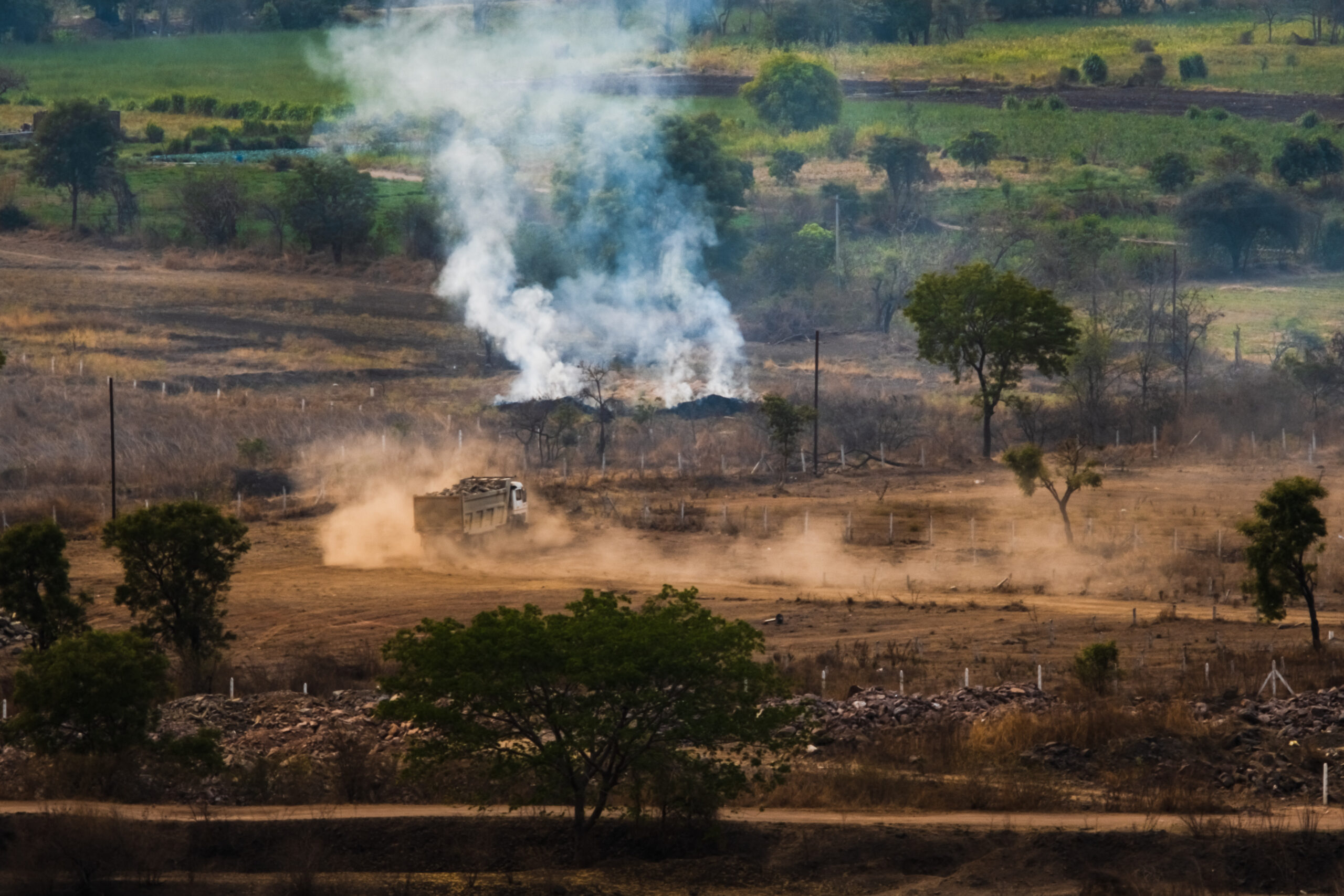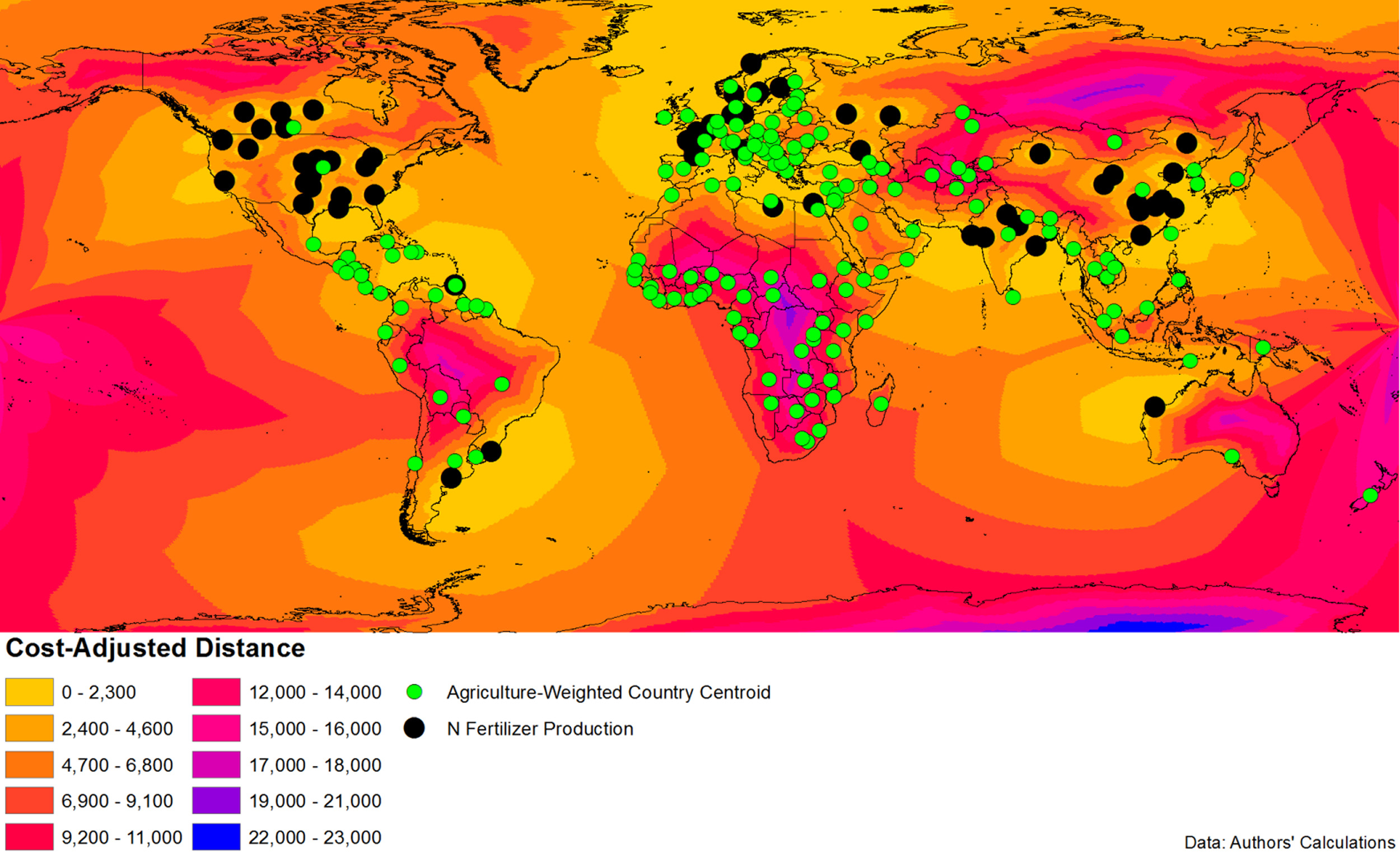The decline of global extreme poverty continues, but has slowed. The deceleration indicates that the world is not on track to achieve the target of less than 3 per cent of the world living in extreme poverty by 2030. People who continue to live in extreme poverty face deep, entrenched deprivation often exacerbated by violent conflicts and vulnerability to disasters. Strong social protection systems and government spending on key services often help those left behind get back on their feet and escape poverty, but these services need to be brought to scale.
The paper explores the unexpected consequences of road construction projects in rural India. While constructing roads to connect labor markets in remote areas is often seen as a positive development,…
Evidence suggests that natural resources have driven conflict and underdevelopment in modern Africa. We show that this relationship exists primarily when neighboring regions are resource-rich. When neighbors are resource-poor, own…
Shelter-in-place ordinances were the first wide-spread policy measures aimed to mitigate the spread of COVID-19. Compliance with shelter-in-place directives is individually costly and requires behavioral changes across diverse sub-populations. Leveraging…
Technological transformations open new opportunities and disrupt old patterns. Founded in 2006, Center on Global Transformation (CGT) provides a new framework for vanguard exploration of topics critical to analyzing and…
Cash transfers attenuate one-half to two-thirds of the effects of higher temperatures on homicides. Our results not only suggest that social protection programs can help the poor adapt to rising…

Akaki Kality, Addis Ababa, Ethiopia
This study presents the results of an experiment introducing commercial rainfall index insurance into drought-prone farming cooperatives in Amhara Region, Ethiopia. We provided a market-priced rainfall deficit insurance product through…
The FABLE Consortium has released its 2020 Report on Pathways to Sustainable Land-Use and Food Systems. Explore the latest trends in food and land-use with the new 'Scenathon' dashboard. Visit the…
We play a series of incentivised laboratory games with risk-exposed co-operativised Guatemalan coffee farmers to understand the demand for index-based rainfall insurance. We estimate an explicit utility curve for every…

Maxime Niyomwungeri
This study was designed to ‘benchmark’ a major USAID-funded child malnutrition program against what would have occurred if the cost of the program had simply been disbursed directly to people…
This paper estimates the role of agronomic inputs in cereal yield improvements and the consequences for countries' processes of structural change. It is estimated that a half-ton increase in staple…











